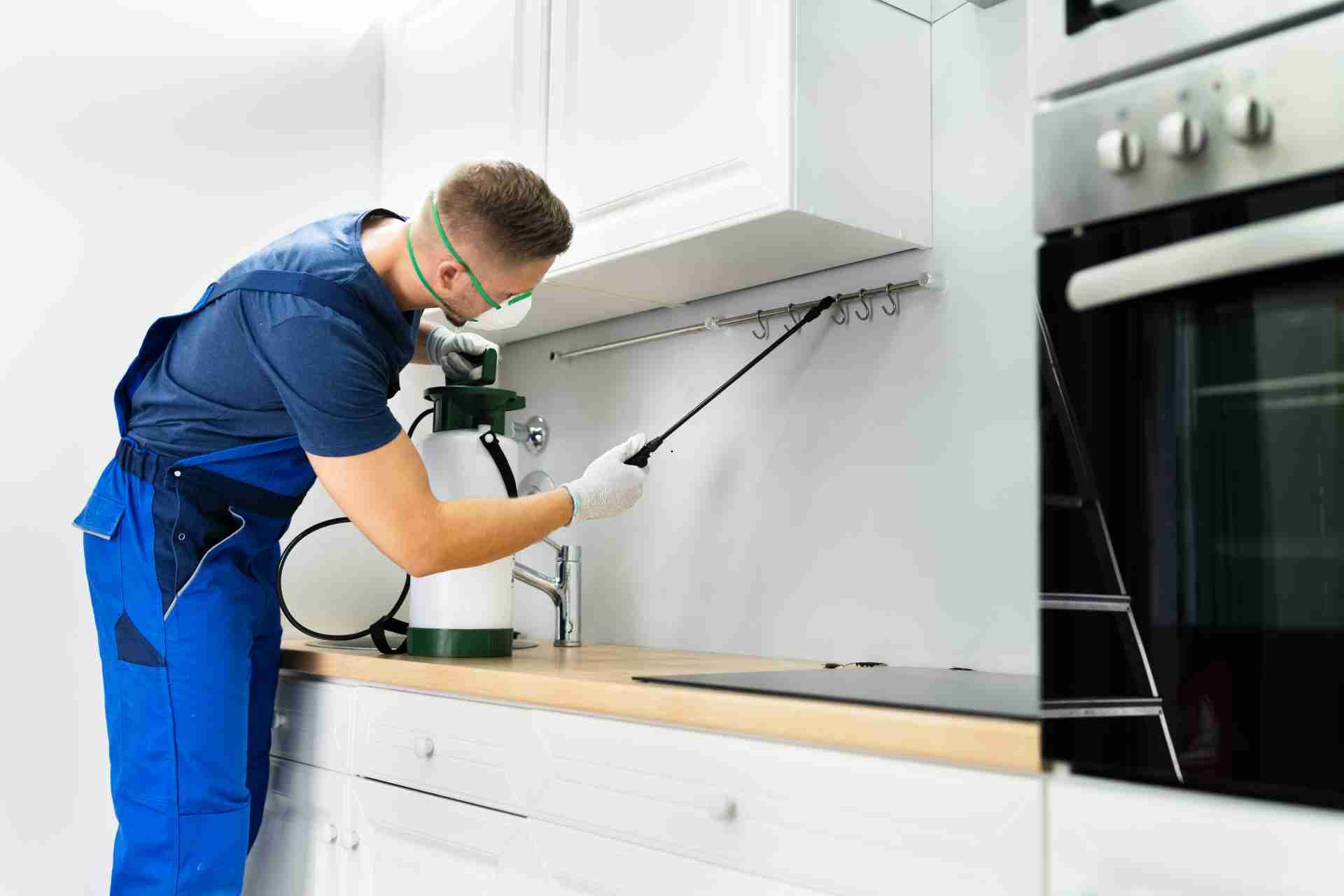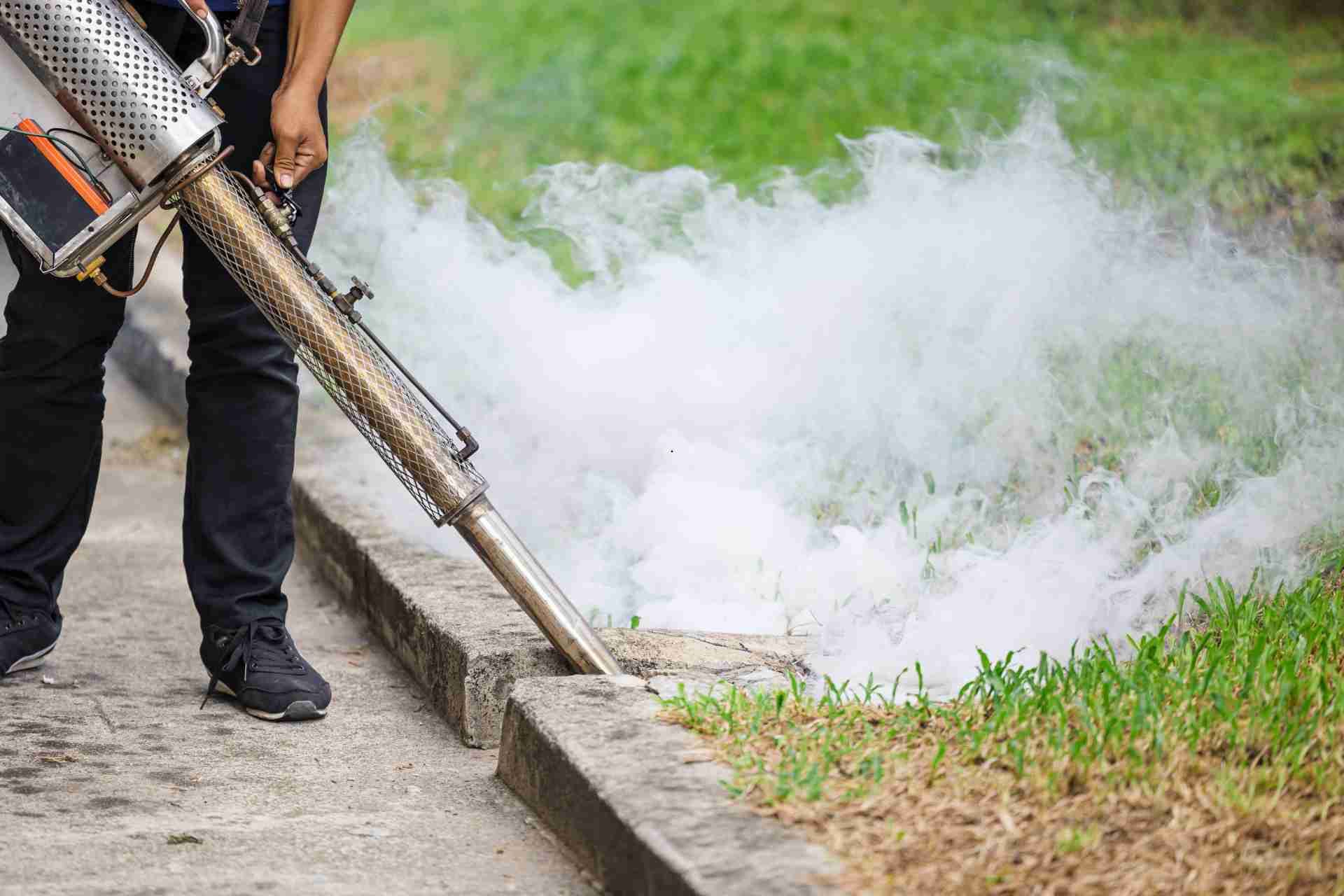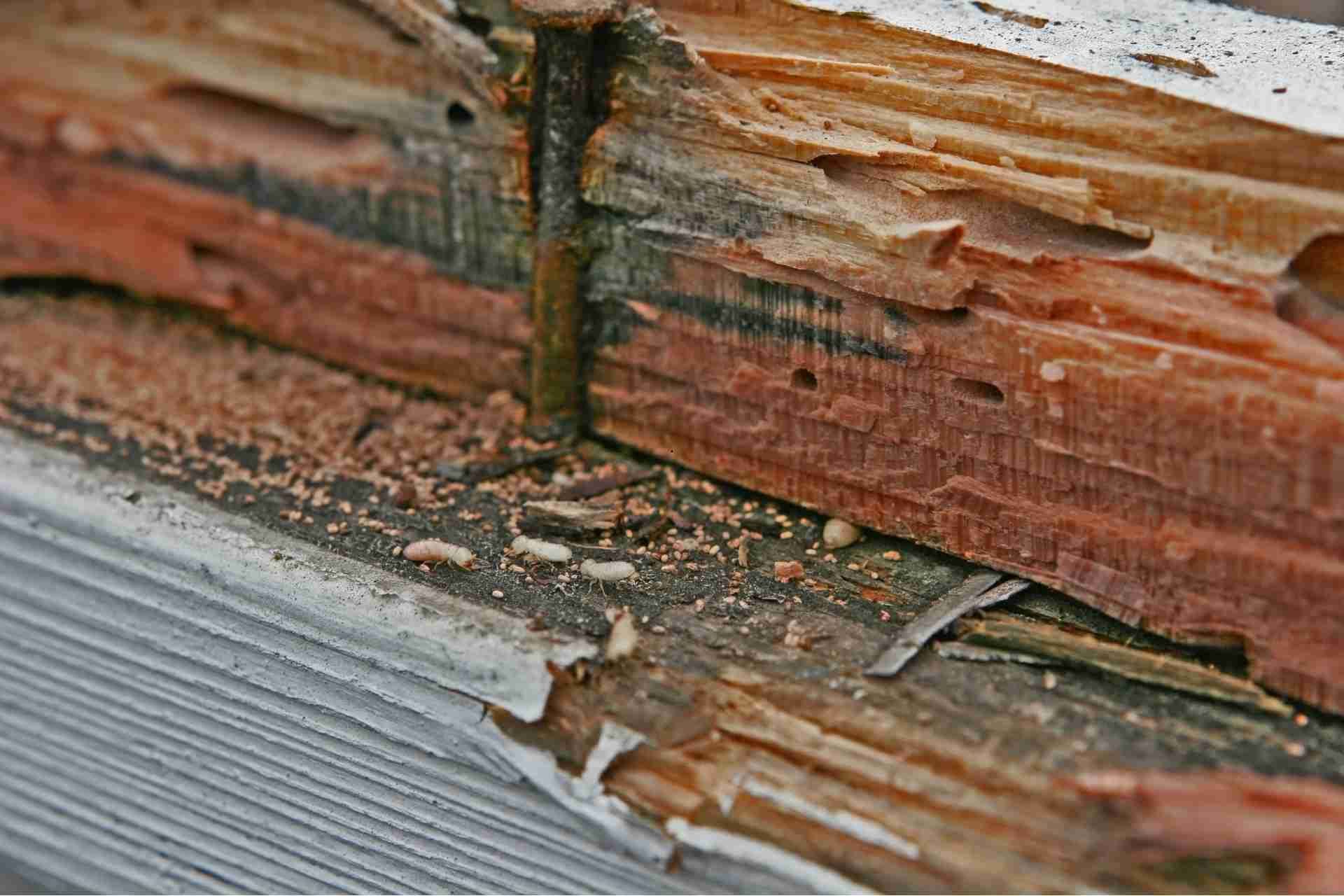How Often Should You Schedule Professional Pest Control?
When it comes to scheduling professional pest control, timing is everything. You might wonder how often you should have treatments done to keep your home safe. Factors like location, seasonal changes, and your property’s specific conditions all play a role. Understanding these elements can help you create a tailored pest control plan. But what signs should you look for to determine if immediate service is necessary? Let's explore that next.
Understanding Common Household Pests
Household pests can be a real nuisance, invading your space and causing damage. Understanding these common pests is crucial for effective management.
You might encounter ants, which form trails in search of food, or cockroaches, known for their resilience and rapid reproduction.
Rodents, like mice and rats, not only contaminate food but can also chew through wires, creating fire hazards.
Bedbugs, tiny but troublesome, can disrupt your sleep and spread quickly.
Don't forget termites; these wood-destroying insects can compromise your home's structure.
Knowing the signs of infestation, like droppings or gnaw marks, helps you act quickly.
Regular inspections can prevent minor issues from escalating, ensuring your home remains a comfortable and safe environment.
Stay informed, and you'll minimize pest problems effectively.
Seasonal Pest Activity
As the seasons change, so do the types of pests that invade your home, making it essential to stay vigilant throughout the year. Different pests thrive in different seasons, and knowing what to expect can help you prepare.
Season Common Pests Signs of Infestation
|----------|----------------------|----------------------------|
Spring Ants, termites Trails, wood damage
Summer Mosquitoes, flies Bites, buzzing noises
Fall Rodents, spiders Droppings, webs
| Winter | Cockroaches, ants | Unusual activity indoors |
The Importance of Regular Inspections
Regular inspections play a vital role in keeping your home pest-free. By scheduling these check-ups, you can catch potential infestations early, preventing larger problems down the line.
When professionals inspect your property, they identify signs of pest activity that might go unnoticed, like droppings or damaged wood. You’ll also benefit from their expertise in spotting vulnerabilities, such as cracks or gaps, that pests could exploit.
Additionally, regular inspections help you maintain peace of mind. Knowing that experts are monitoring your home allows you to focus on other things, confident that your living space is secure.
Ultimately, consistent inspections are an essential part of a proactive pest management strategy, ensuring your home remains a comfortable and safe haven for you and your family.
Factors Influencing Pest Control Frequency
Several factors can influence how often you should schedule pest control for your home. Understanding these elements helps you maintain a pest-free environment effectively.
- Location: If you live in a high-risk area for pests, you might need more frequent treatments.
- Seasonality: Certain pests are more active during specific seasons, requiring adjustments in your schedule.
- Property Conditions: Homes with moisture issues or dense vegetation may attract pests, increasing the need for control.
- Previous Infestations: If you’ve experienced pest problems in the past, you'll want to be proactive with regular treatments to prevent recurrence.
Tailoring Pest Control to Your Home
To effectively tailor pest control to your home, you need to consider your unique circumstances and environment.
Start by assessing the types of pests common in your area. If you live near wooded areas, you might face more issues with rodents or termites.
Next, evaluate your home’s layout and any potential entry points for pests. Cracks in foundations, gaps around windows, or unsealed doors can allow unwanted guests in.
Additionally, think about your lifestyle—do you have pets or children that require safer pest control methods?
Lastly, seasonal changes can impact pest activity. By understanding these factors, you can create a pest control plan that best suits your home’s specific needs and keeps your living space safe and comfortable.
Signs That Indicate the Need for Immediate Service
When pests invade your home, recognizing the signs that indicate an urgent need for service can save you from bigger problems down the line.
Be vigilant for these warning signs:
- Droppings: Finding pest droppings, whether small or large, indicates an active infestation.
- Strange Noises: Hearing scratching or scurrying sounds, especially at night, often suggests rodents are present.
- Damaged Property: Noticing chewed wires, gnawed furniture, or holes in walls is a clear sign of pest activity.
- Unpleasant Odors: Foul smells can indicate dead pests or an infestation that needs immediate attention.
If you spot any of these signs, don’t hesitate to call a professional.
Quick action can prevent further damage and costly repairs.
Conclusion
In conclusion, scheduling professional pest control isn’t one-size-fits-all. By understanding common pests and their seasonal activity, you can tailor your approach to suit your home’s unique needs. Regular inspections help catch issues early, while factors like location and property conditions dictate how often you should schedule treatments. Stay vigilant for signs of infestations, and don’t hesitate to call for immediate service when necessary. Protecting your home ensures peace of mind and keeps unwanted pests at bay.










